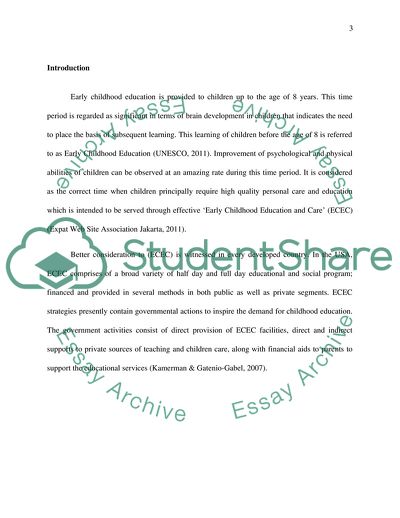Cite this document
(There are pending changes being considered for No Child Left Behind: Research Paper, n.d.)
There are pending changes being considered for No Child Left Behind: Research Paper. Retrieved from https://studentshare.org/education/1758694-there-are-pending-changes-being-considered-for-no-child-left-behind-these-changes-could-impact-early-childhood-eduction
There are pending changes being considered for No Child Left Behind: Research Paper. Retrieved from https://studentshare.org/education/1758694-there-are-pending-changes-being-considered-for-no-child-left-behind-these-changes-could-impact-early-childhood-eduction
(There Are Pending Changes Being Considered for No Child Left Behind: Research Paper)
There Are Pending Changes Being Considered for No Child Left Behind: Research Paper. https://studentshare.org/education/1758694-there-are-pending-changes-being-considered-for-no-child-left-behind-these-changes-could-impact-early-childhood-eduction.
There Are Pending Changes Being Considered for No Child Left Behind: Research Paper. https://studentshare.org/education/1758694-there-are-pending-changes-being-considered-for-no-child-left-behind-these-changes-could-impact-early-childhood-eduction.
“There Are Pending Changes Being Considered for No Child Left Behind: Research Paper”. https://studentshare.org/education/1758694-there-are-pending-changes-being-considered-for-no-child-left-behind-these-changes-could-impact-early-childhood-eduction.


